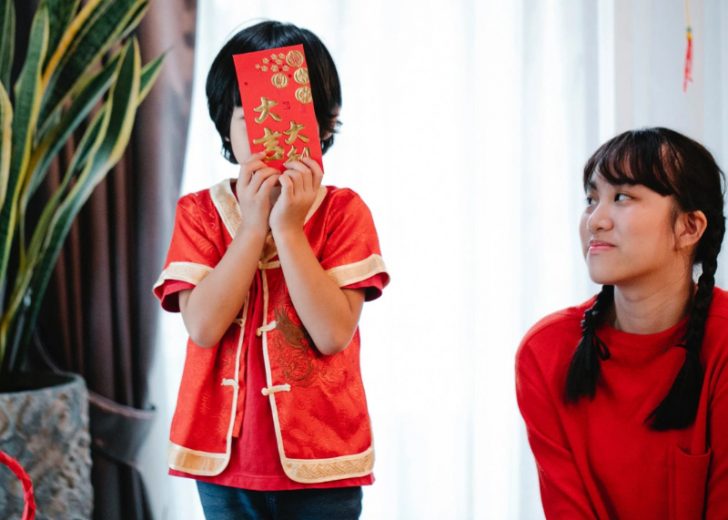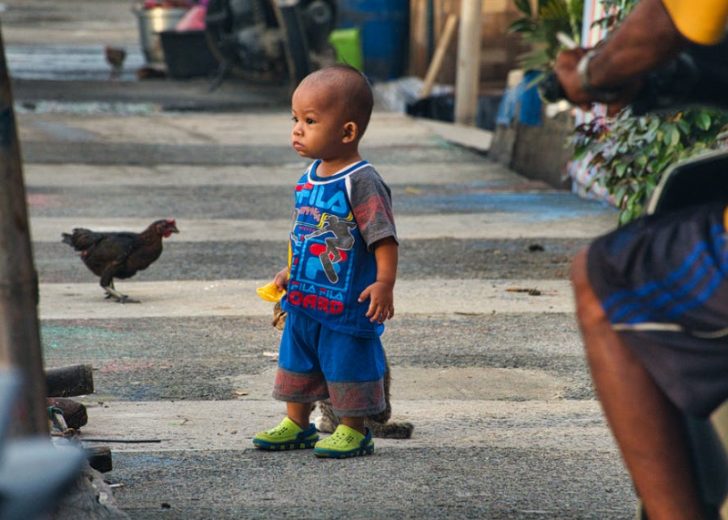China’s new policy allowing couples three children (earlier limit was two), attempts to address population concerns amid a falling birth rate. But working women and implications for families, will ensure that few will welcome the change. An ageing population is of significant concern in China. The latest census conducted in November of 2020, shows that those aged 60 and above, has exceeded 260 million (18.7% of population) and by 2050, will increase to 500 million. All societies are ageing world-wide, but China’s challenges are acute, with nearly 20% of the global population, relatively low income levels, and their economic development stage.

Improved living standards and health care facilities have increased life expectancy, the one-child policy, has contributed most to the ageing population trend. This 1979 policy concerns about uncontrolled population growth curbing economic development and modernisation, was effectively and strictly implemented in the urban areas through workplace fines and punitive measures. After forty years, the first generation of ‘one-child policy’ children are parents, with responsibility for supporting two parents and four grandparents.
Younger urban couples show no preference for sons

By contrast, in rural areas many older married couples already had a second child. Whether couples in rural China would respond positively to this new 3 child policy, depends on the genders of the existing two children. Despite increased investment in girls’ formal education in rural China, preference across three generations remains for a son! If a couple’s two children are both girls, they surely try for a third child. In rural Fujian, the strong lineage culture and custom s ensured that some villagers born in the early 1990’s, already had three or four children with efforts for a boy heir. The inverse population pyramid replaced the one-child policy in 2015, with a two-child policy. From the mid-1980’s, rural couples were allowed a second kid if their first child was a girl. The new policy targets the urban population more. But less than 6% couples opted for another child, due to inadequate childcare and high living costs in metros like Beijing and Shanghai. The three-child policy was debated on social media, with resentment at renewed efforts to manipulate childbearing decisions. Previous state slogans were re-posted, such as ‘if one person goes beyond the birth quota, the people of the entire village would have to undergo a tubal ligation.” Women felt this policy initiative affected employment prospects and family life, as childcare still remains a woman’s primary job in China. A small minority hoped that the three-child policy could now improve housing, medical and old-age care, and education facilities.
Enhancing the care-burden

The new Chinese policy will have gender and generational consequences. Gender discrimination is ingrained in the labour market. When queried about plans to have a second kid, some women interviewees flagged employers’ unwillingness to bear costs of reproductive decisions, and made a decision as difficult. Without addressing gender discrimination in the labour market, having three children will be detrimental for women’s employment prospects. Limited availability of childcare for infants under the age of three, means that after four months, a new mother’s maternity leave stops and her mother or mother-in-law childcare, shoulders responsibilities for the grandchild. Without adequate good quality care homes for elderly people, these grandparents also care for their own parents. Thus the three children policy ensures increased care-burden for all generations.




